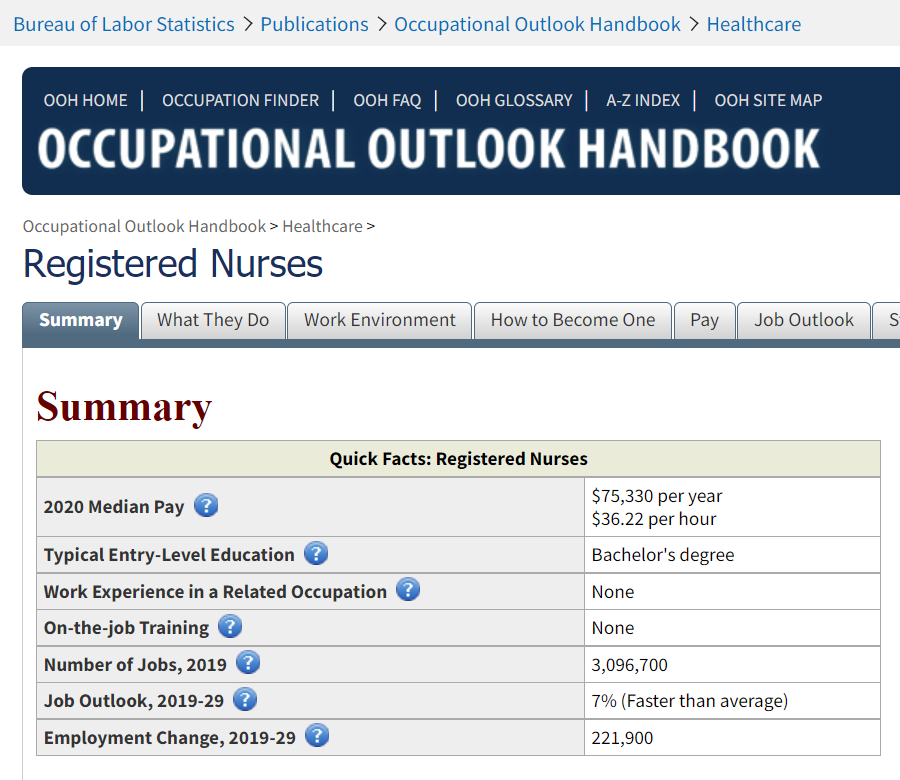The US is in the midst of a critical nursing shortage that is expected to continue pass 2030.
In a series of posts, I will examine how this complex issue came about, what the statistics reveal, and what strategies health organizations can use to navigate the nursing shortage challenges.
What is going on?
Since 1900s the US experiences nursing shortages periodically. The most important factors that led to shortages were: economic recessions, world wars and work conditions. But the current shortage that roughly started in 2012, is greater than ever before!
The demand for new registered nurses (RNs) is projected to grow to 1.2M by 2030. Despite important challenges, nursing schools and foreign recruit programs are working to accommodate the rising demand for skilled nurses.
According to “the most in-demand jobs right now” as of Feb 2021, RN demand is a TOP 5 job in the US with the most demand overall.
Healthcare is expanding and facilities are facing increased patient demand; the US population over the age of retirement is growing rapidly, jumping from 41M in 2011 to over 70M in 2019 (a 73% increase) and expected to be near 75M by 2030.
Retirement is also creating a drain on the nursing workforce. Between 2000 and 2018, the average age of RNs increased from 43 to 48, and now almost half (48%) of all RNs are over 50. As they retire, their invaluable accumulated knowledge and experience retires too!
…and COVID-19 created a wave of artificial early retirements due to the extended period of limited access for both patients and staff. Many hospitals forced furloughs on their employees, leading some RNs to opt to retire early who wouldn’t have planned to otherwise!
